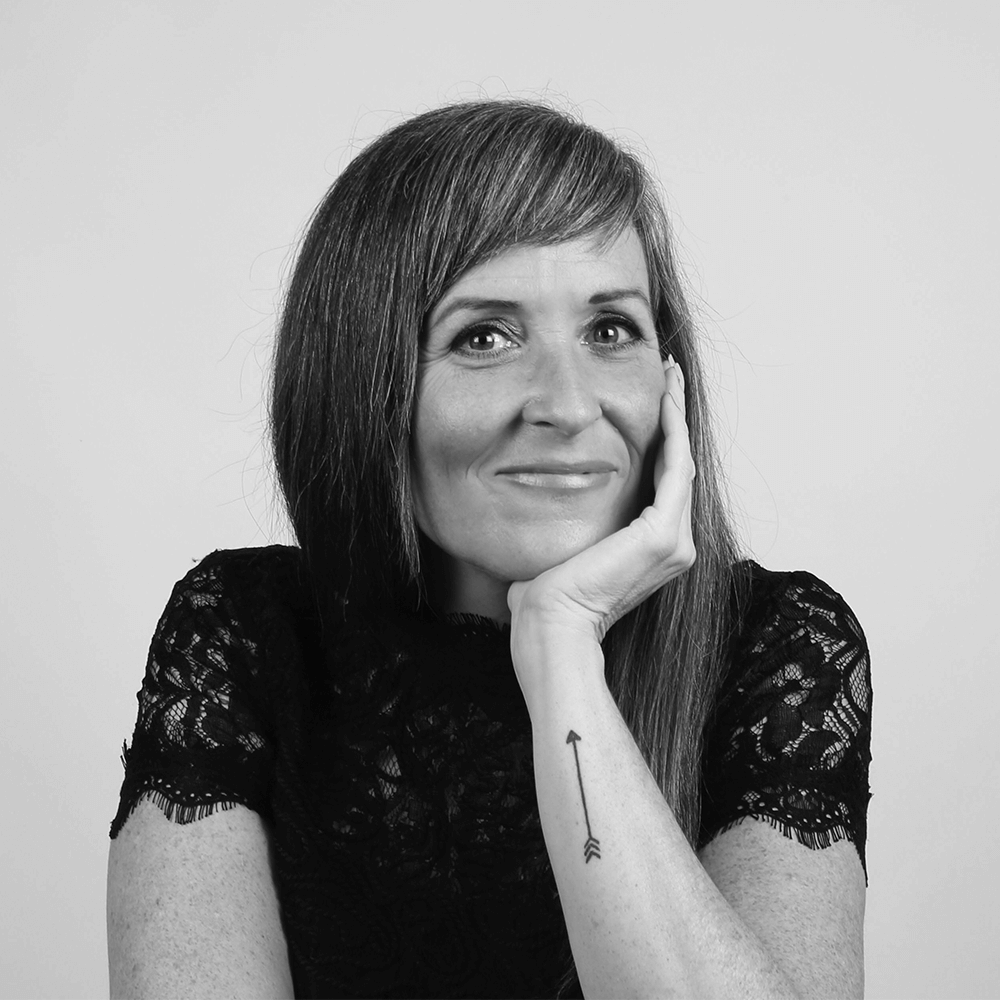
Designing the Business of Change
Change is often necessary, but never easy. For any organization—whether company, community, or even country—driving lasting change for the better takes a deep understanding of both the overall landscape and the individual factors that contribute to its current state. It also takes an understanding of when and how to intervene.
In Autumn of 2019, I was a keynote speaker at Design for Better Society in Belgrade, Serbia, an event hosted by the civil society association Design Thinkers. The two-day event featured presentations, panels and breakout sessions with design leaders, educators, government and community leaders around the world and posed a broad directive: to use design thinking to create value and make the world a better place. I spoke on the Business of Designing Change. More specifically, I discussed how to understand core values within an organization and use them to drive change, as well as how to uncover the trends and shifts in the ecosystem surrounding an organization.
Indeed, effective change always requires thoughtful navigation. For example, a recent study showed that while design leaders are finally getting a seat at the executive table, rarely are these executive teams equipped to integrate these design leads effectively. This trend proves that simply injecting change into an organization is not enough. It’s necessary to actually design for change to enable meaningful and lasting business success.
Every organization has untapped opportunities to grow and shift to make a greater impact on a local and global level. Through Org Activation, frog helps companies make change that matters most for employees and customers. With frog’s Impact practice, we work with teams to find workable, scalable solutions that better their communities and society at-large. At the heart of any of these opportunities, however, is always a willingness to make and embrace change. This requires awareness of how individuals respond emotionally to change, as well as understanding of how to manage change effectively.
Mapping opportunities for change management
The Kübler-Ross Change Curve™ plots emotional response to change. It begins with the initial shock people experience upon hearing new information and eventually moves through stages of denial, frustration, depression, experimentation and decision, all toward creating a new sense of normalcy—one where individuals can fully integrate change into their world. Not only is it a diagram that organizations can use to understand how teams adapt to change to manage change more effectively, it also presents clear points to intervene by providing support and relieving burdens along the way.
In the client example below, we adapted the Kübler-Ross model to identify the emotional response of an aging population experiencing change. At each phase, we identified a specific action that can be taken to directly intervene, addressing their emotional needs at that time.

Within businesses, the center of change is often the employee. The diagram below shows a different client example that explores how companies can drive volunteerism within their communities. Identifying the opportunity, defining the roles and partners involved and articulating a unified approach clears the path forward and gives the organization a better chance of embracing real change that makes a lasting impact.

How your organization can make lasting change
Now that we’ve discussed the power of change as well as the emotional stages involved with effective change management, here are some actionable next steps for how to drive lasting change within an organization.
Give people a framework so they know how to participate and act. At frog, our Org Activation practice is one way we help organizations seize new opportunities, which always involve embracing change. We’ve also developed the Collective Action Toolkit, a set of activities and methods that any group can use to solve a problem and drive change within their chosen community.
Understand the competence level required for the change. Designing change doesn’t happen overnight. Along with understanding emotional impact, it takes building capacity and nurturing existing competencies not just once within an organization, but as an evolving, transformative process.
Use systems thinking to drive change. Look broadly at the ecosystem an organization is involved in, then zero in on contributing factors. For businesses, this involves bringing the customer along, often co-creating solutions that go beyond the launch of a new tool, process, product or service, and instead enables a reframed mindset toward real change.

Kara Pecknold is a Vice President of Regenerative Design at frog. For 20+ years, she has been supporting her clients to transform their products, services, teams and business models. She is head of design for frog in Germany and leads a team of designers, strategists and technologists. As a global leader of sustainability, she works at the intersection of people and planet by marrying creativity with science to better shape the future of the Next Economy organization.
We respect your privacy
We use Cookies to improve your experience on our website. They help us to improve site performance, present you relevant advertising and enable you to share content in social media. You may accept all Cookies, or choose to manage them individually. You can change your settings at any time by clicking Cookie Settings available in the footer of every page. For more information related to the Cookies, please visit our Cookie Policy.